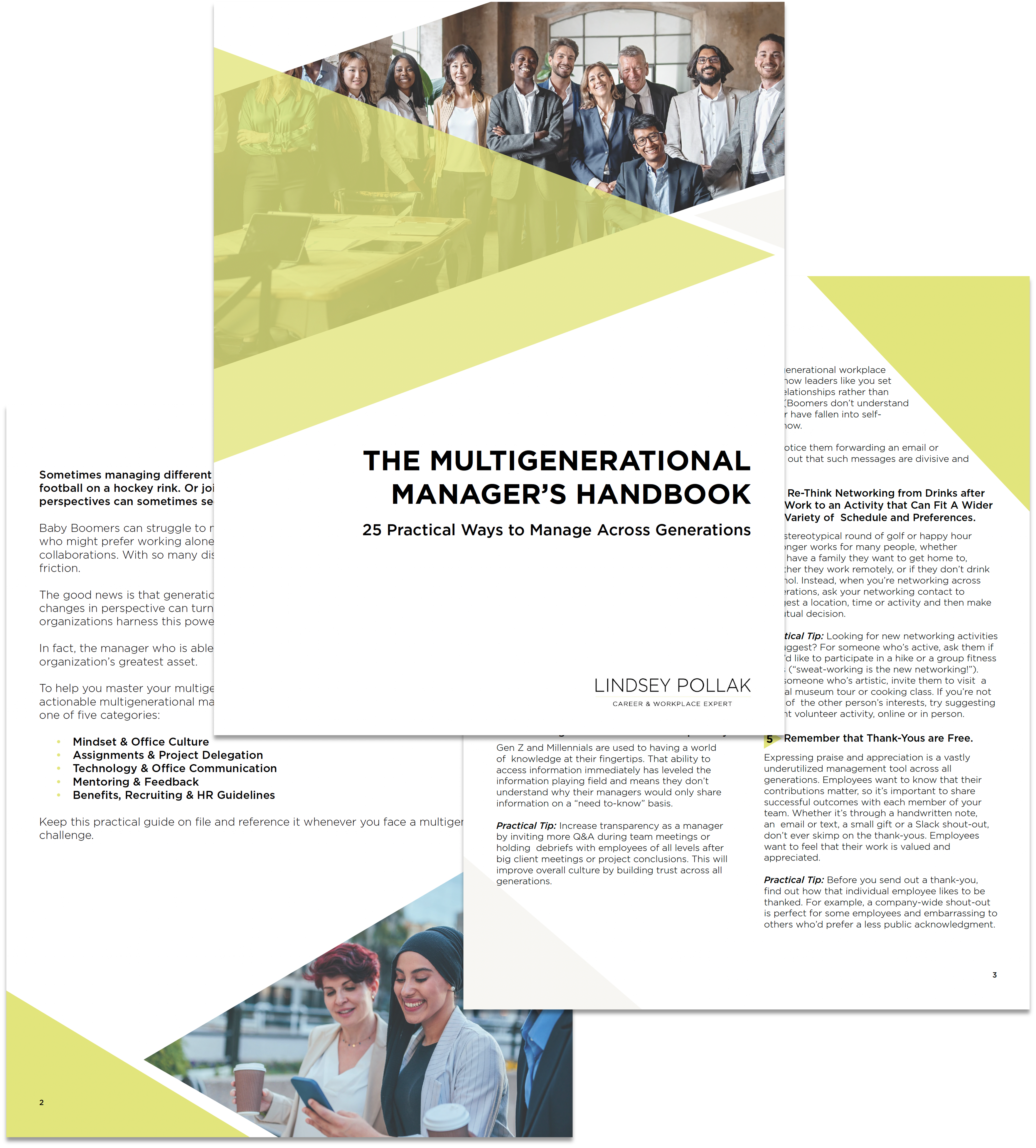On Friday, December 23, as I was checking off my final to-do list items for 2022 (you know I love a good checklist), I felt a headache coming on.
Three hours later, I was lying in bed with a positive COVID test next to me. For seven full days, I didn’t leave my apartment. I slept many hours a day, staying awake only long enough to binge the entire new season of “Emily in Paris.”
I slept, I recovered, I rested. (And, yes, I cringed at the show. But of course I watched the whole thing anyway.)
If you had asked me a few weeks earlier if I was burned out, I probably would have said no. And yet — after not getting COVID for the entirety of the pandemic up to that point — I think it’s notable that I contracted it on the final working day of the year. I couldn’t help but remember that, the morning after I got accepted into college, I came down with the worst case of strep throat I’ve ever had.
Our bodies sometimes know more than our brains when we can’t keep going.
I recently fielded a poll on LinkedIn for the topics people most want to discuss in 2023. The No. 1 answer?
Burnout.
A few years ago, the World Health Organization added burnout as an “occupational phenomenon” to its International Classification of Diseases. The elements of burnout, according to WHO, include energy depletion, negativity or cynicism toward your job and reduced professional efficiency.
Participants in my corporate and university workshops often ask how to identify burnout, and I’ve always defined it as no longer finding joy in the things that used to bring you happiness, or becoming overwhelmed by simple tasks.
But I’m starting to think burnout runs a lot deeper than that. On December 23, 2022, my body just gave out. And now I can’t help but wonder if it didn’t have to get that severe.
Here’s my plan for not burning out again in 2023, and I hope it’s helpful for you, too.
Listen to Your Body
I hereby admit, publicly, that I sometimes take naps during the day (10/10 would recommend). When my body is tired in the afternoon, I do my best to listen to it and let it rest. I wake up with increased energy and get tasks done a lot faster than if I had tried to power through while exhausted.
I completely appreciate that napping during the workday isn’t practical for everyone, so maybe listening to your body means an afternoon piece of fruit, a late morning set of jumping jacks or an earlier bedtime.
Say ‘No’ More Often
Saying yes too often is a virtual guarantee that you’ll experience burnout. It’s important to set boundaries to give yourself room to breathe. As a people-pleasing perfectionist, I’ve worked really hard to get better at saying no. Try some of my tips if you find this a struggle, too.
In my weekly calls with my team, we each share one thing we’ve said no to that week to keep each other committed to avoiding overcommitment.
Talk About Mental Health and Burnout
There’s no shame (or shouldn’t be any) in telling people that you need a break or that you’re tapping out for a while. In baseball, many of the most successful pitchers limit their pitch count. To preserve their excellence, to preserve their talent, they have to set limits. If you aren’t at your best on your fifth Zoom call of the day, set a rule that you’ll only take up to four per day.
I’m really impressed by young leaders who’ve publicly admitted to burnout and set boundaries for themselves. Look at tennis star Naomi Osaka, who faced a lot of criticism for backing out of the French Open to protect her mental health. And gymnast Simone Biles doing the same at the Olympics. And New Zealand Prime Minister Jacinda Ardern. And comedian Bo Burnham.
Avoiding burnout is not about avoiding hard work. It’s about acknowledging that no one can work hard every minute of every day.
That’s why, even in the city that never sleeps, I take a nap.

